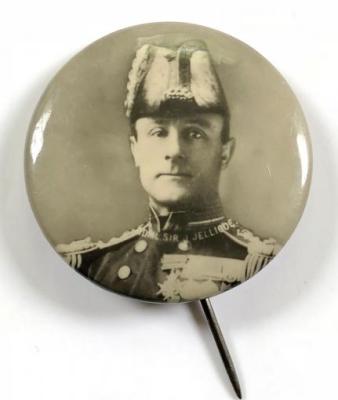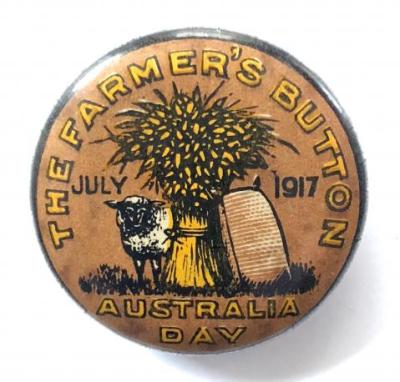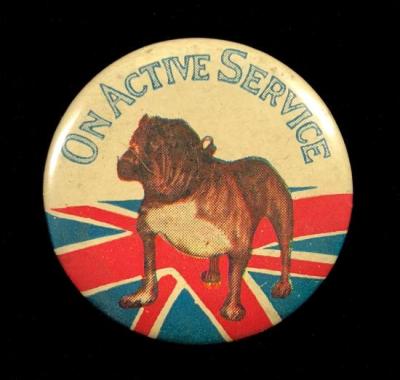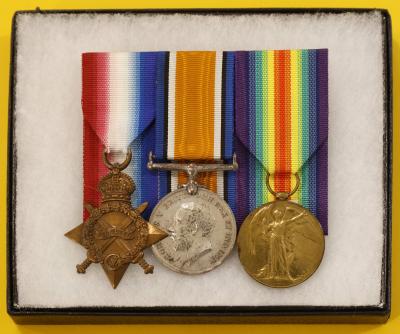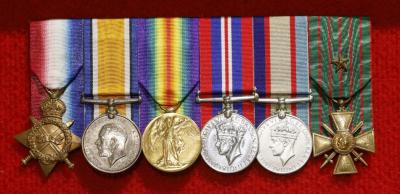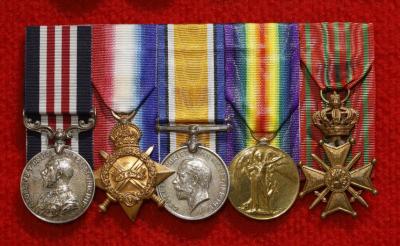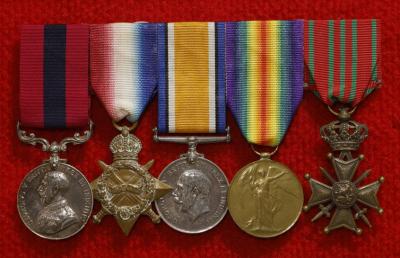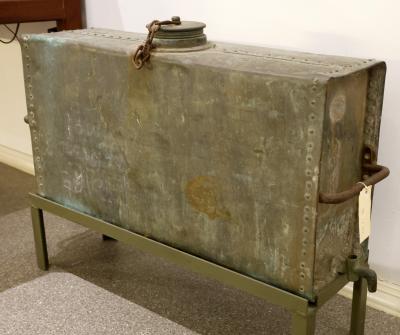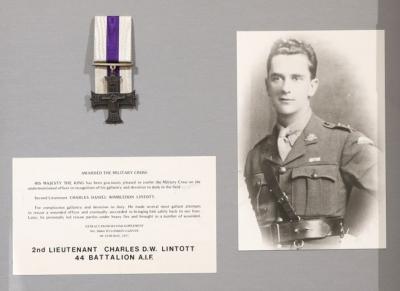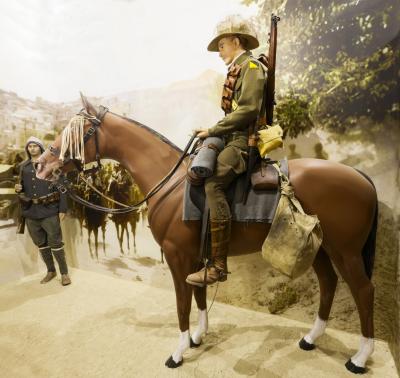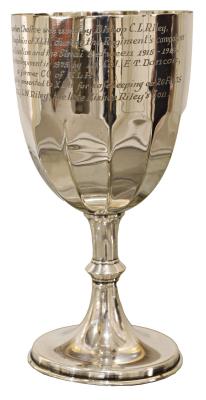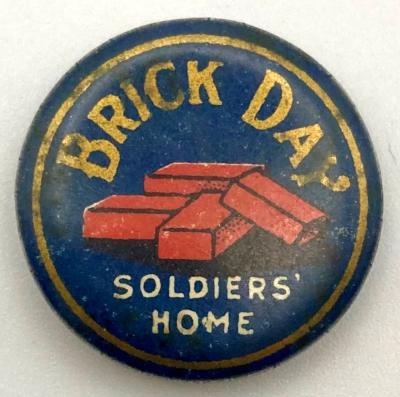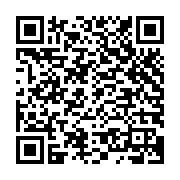World War 1, Home Front, Fundraising Appeals, South Australia, "Brick Day - Soldiers' Home"
Example of a fundraising badge sold in Adelaide in support of homes for repatriated soldiers, and specifically the War Veterans Home still extant on the Myrtle Bank site in Adelaide, which served as a Repatriation Hospital during World War 1 from March 1917.
Myrtle Bank was a property with a large building in the Adelaide foothills used as a Repatriation Hospital from Anzac Day 1917 and, after the war, as a veterans' home. The South Australian Soldier's Home League raised a total of 12,850 pounds for their cause between 1914 and 1918.
The WVH was formed on 15th August 1915 but was initially named the Peace Day League and then The Soldiers’ Home League of SA. The object of the League was to raise funds to purchase a property as a home for discharged WW1 soldiers and sailors whilst they transitioned back to civilian occupations with preference being given to those who were incapacitated.
The Myrtle Bank homestead was purchased in 1917. It opened with five wards of four beds each, three beds on a verandah and more beds in a tent in the garden. An early chronicler (circa 1918) wrote ‘From the front steps one looks out on a lawn and a beautifully-kept garden, while beyond is the most wonderful view of the sea and land, a sweep from Kangaroo Island almost up to Gawler.’ In 1919 an additional wing, the Carter Ward, was constructed.
Between 1920 and 1932 the Home was leased to the Repatriation Department as a TB sanatorium for bed-ridden ex-servicemen. During the time the Repatriation Department occupied the Home, an additional timber-framed wing was added named the Repatriation Ward. It remained in use until the demolition of both it and Carter Ward in 1960. In 1940, the Red Cross Wing was constructed to accommodate 20 beds.
At this time and for many years after the Home was almost self sufficient in vegetable and egg production with a significant income derived from its almond trees.
During this period, the role of the Home changed to providing accommodation to ex-servicemen who were either single or widowers and who did not have a home. As the residents aged, the Home gradually evolved into an aged care facility for ex-servicemen.
Details
Details
In addition to the Commonwealth Button Fund, there was a vast array of benevolent societies and privately run patriotic funds and charities operating during World War 1. Like the Button Fund, they were formed to raise money from the public to help support Australia's allies and its soldiers. Patriotic leagues and societies and other groups organised many different fund-raising efforts, including raffles and lotteries, special "days" like "Win the War Day" and "Allies Day". These activities raised over 12 million pounds during the War and immediately after. These private funds filled an important gap by providing the troops with warm clothing and comforts packages, by supervising the care and rehabilitation of returned soldiers and by raising relief funds for civilian wartime victims in Allied Europe.
A display of Fund Raising and Patriotic Buttons features in the World War 1 Gallery during April and November at the Australian Army Museum of Western Australia
Australian Army Museum of Western Australia
Australian Army Museum of Western Australia
Other items from Australian Army Museum of Western Australia
- World War 1, Home Front, Fundraising Appeals, Admiral Lord Jellicoe
- World War 1, Home Front, Fundraising Appeals - "THe Farmer's Button", July 1917
- World War 1, Home Front, Fundraising Appeals, "ON Active Service"
- World War 1, Medal Group - BRAZIER, 10 Light Horse
- World War 1, Medal Group, 799 NEUMANN, 28 Battalion AIF
- World War 1, Medal Group, 874 MOORE MM, 51 Battery, 13 Field Brigade
- World War 1, Medal Group, 1357 HODGE DCM, 11 Battalion AIF
- World War 1, Europe, Türkiye, Gallipoli, Anzac Cove, Water Tank, 1915
- World War 1, Military Cross, 448 LINTOTT, 44 Battalion AIF
- Pre1914, Sword Belt, MUNDAY, Geraldton Rifle Volunteers, 1890
- Mannequin Display - Mounted 10 Light Horse Trooper, Palestine , 1917
- World War 1, South West Asia, Sinai and Palestine, Communion Chalice, RILEY, 10 Light Horse
